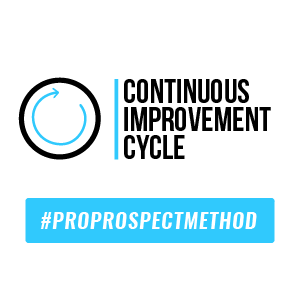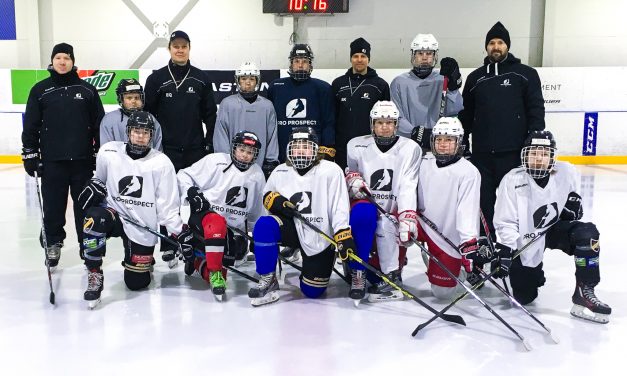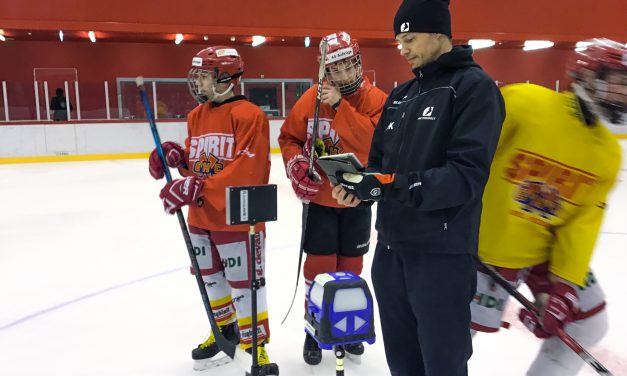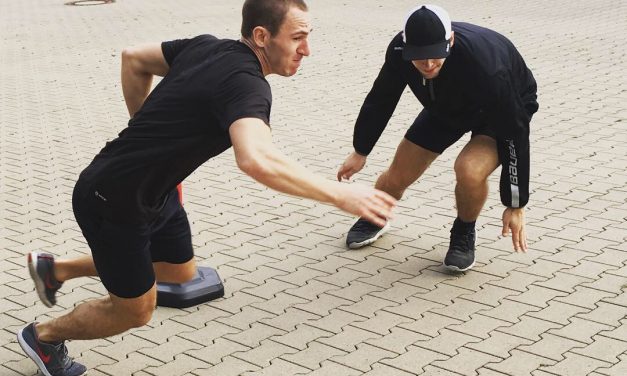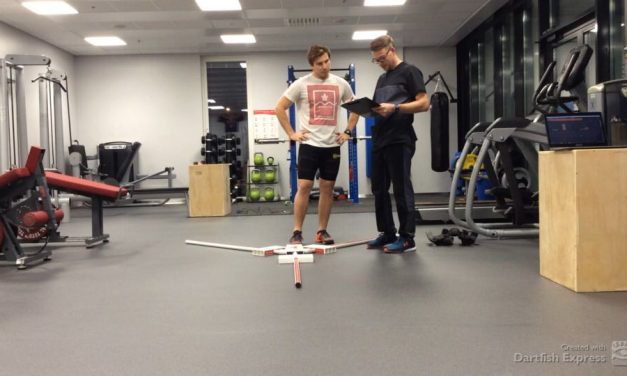Warning: Undefined array key "has_background_color_toggle" in /home/proprospect/domains/proprospect.fi/public_html/wp-content/themes/Divi/includes/builder/class-et-builder-element.php on line 14113
Warning: Undefined array key "use_background_color_gradient" in /home/proprospect/domains/proprospect.fi/public_html/wp-content/themes/Divi/includes/builder/class-et-builder-element.php on line 14114
Warning: Undefined array key "use_background_image" in /home/proprospect/domains/proprospect.fi/public_html/wp-content/themes/Divi/includes/builder/class-et-builder-element.php on line 14115
Warning: Undefined array key "use_background_color" in /home/proprospect/domains/proprospect.fi/public_html/wp-content/themes/Divi/includes/builder/class-et-builder-element.php on line 14116
We work with different ice hockey clubs around Europe many of which we work all throughout the year visiting them regularly. Our main objective is to share our hockey knowledge and make the teams and the players stronger and smarter. We call it continuous development. Here is an example how we use testing as a tool for team development and player improvement.
We just started our second year with Bremerhaven’s Fischtown Pinguins (DEL). (You can read more about our cooperation here.) Last year we tested the players three times. Last tests were done just before the summer break to determine individual development needs for every player and to design personalised training programs for the summer.
This week we returned back to Germany to see how the summer training had gone.
Know where you stand then take well-planned steps forward
The tests are a useful tool for understanding where the team stands after the holidays. Especially if the team has tested the players before, the results can be compared to previous tests done at the same time. It is also very important to know how the newcomers compare to the rest of the team.
Knowing where you are and realising exactly what you need to do to get where you want to be is essential for success. What is your fighting edge? How can you make it sharper? We focus on tests that have direct correlation with ice hockey performance. There is no use of testing how fast the players run, if we want to make them fast skaters. Good test design sheds light and answers questions. It helps to plan and prioritise the next steps.
When you are small, you need to be smart – empower the players
The Fischtown Pinguins play in DEL against teams that have much bigger budgets. Last season they made it all the way to the playoffs. They do not have a full-time physical coach, so the players need to take responsibility for their training. In our opinion this should be always the case but that is a topic of another blog post. In order to train properly the players need information about their own development needs and guidance how to improve issues that need addressing.
Empower the players by sharing all the information about them with them. The tests clearly visualise the development needs. For example, we had 15 minute individual feedback session with every Fischtown Pinguin player where we went through the results, how they compare with older results and what needs to be done next. Everyone gets a personal training plan. The players are divided into groups with similar training goals. They train together but focus on their individual development needs. After a few months we come back to see how they are doing, retest and set new goals and create training plans.
What to test?
We get asked a lot what tests are important and how often they should be done. In an ideal world the players would be tested on and off the ice. Off-ice tests uncover physical properties and possible limitations in terms of strength, speed, explosiveness, mobility or endurance. On-ice tests on the other hand reveal how the physical properties are translated into sport specific performance. They also visualise technical improvement opportunities.
Movement screening makes the invisible visible. It is important part of off-ice testing. It is vital for injury prevention. It might reveal existing injuries, or injuries that have not healed properly. It also uncovers deficiencies, biases and erroneous movement patterns. Many of these findings can be corrected with proper training before they manifest as serious injuries.
And how often? We recommend that tests should be done 3 times a year: in the beginning, in the middle and in the end of the season. Every checkpoint have their own purpose and usefulness. If the player is recovering from an injury, some of the tests might be useful to perform during the rehabilitation process and before the player returns with the team.
Set smart goals and follow through
The tests are also the perfect starting point for a discussion about personal goals and how to achieve them. Retests work as checkpoints. Every test session is a point of re-evaluation: Have the training plans delivered wanted results? What needs to be changed to further improve the athlete’s performance? It is the cycle of continuous improvement and learning. Goal setting is precise. Assessment of development is not based on guesswork but raw facts. Well executed proper testing combined with empowerment and guidance creates opportunities to succeed but also shares responsibility to those who benefit from the results the most (the players).
Invite us for a demo visit
We like to start new cooperation relationships with a demo visit to see how our coaching and player development ideologies match. Time is a precious commodity and we don’t want to waste anybody’s resources. During demo visits we usually show how we operate and approach ice hockey. We also coach the coaches about different techniques that they can then use when ever they need them. If you want to talk with us about your testing or development needs, we are here for you!
Give us a call or send a message.
Have an awesome hockey season!
Related posts
Top 3 tips for a young ice hockey player
We have coached a lot of young ice hockey players and now we collected 3 most important tips that help you on your journey to professional career in hockey.
Read MoreIntroducing the Pro Prospect Method
We measure, we do not guess. And we always aim for improvements. Those are the core principles of the Pro Prospect Method. Test, develop and retest.
Read MoreCase Bremerhaven Fischtown Pinguins 2018-2019
In 2018 Pro Prospect and Bremerhaven Fischtown Pinguins joined forces to deepen the teams systematic approach. And the results have been impressive.
Read MoreGetting back to game after injury – role of modern physio in hockey
Physiotherapists are programming injury prevention, reconditioning and performance enhancement plans for players. How can they help you after injury?
Read More

